I can still remember the first time I saw a weka here in New Zealand. Traveling around the South Island, I was staying in a cute cabin in the forest on the West Coast. On a humid, warm day, I left the doors open, hoping for a breeze. First rookie mistake, guys: never leave anything open when visiting the West Coast in the bush. You will be annihilated by sandflies.
Looking up from my book, I saw that a big, fat brown bird had wandered inside, poking around fearlessly. What is this thing? I had no idea. I spent the next 10 minutes shooing it around, trying to encourage it to go back outside while it shat everywhere. Not a good first encounter with the weka. Later I would learn they can poop their body weight in a day. Respect.
But they haven’t really risen in my esteem until recently.
However, I’ve just returned from an adventure on the Heaphy Track, where, you guessed it, there were tons of weka. And as much as I find them annoying, they are a cheeky, fun, charismatic bird that doesn’t get enough love. Allow me the chance to try to redeem them.
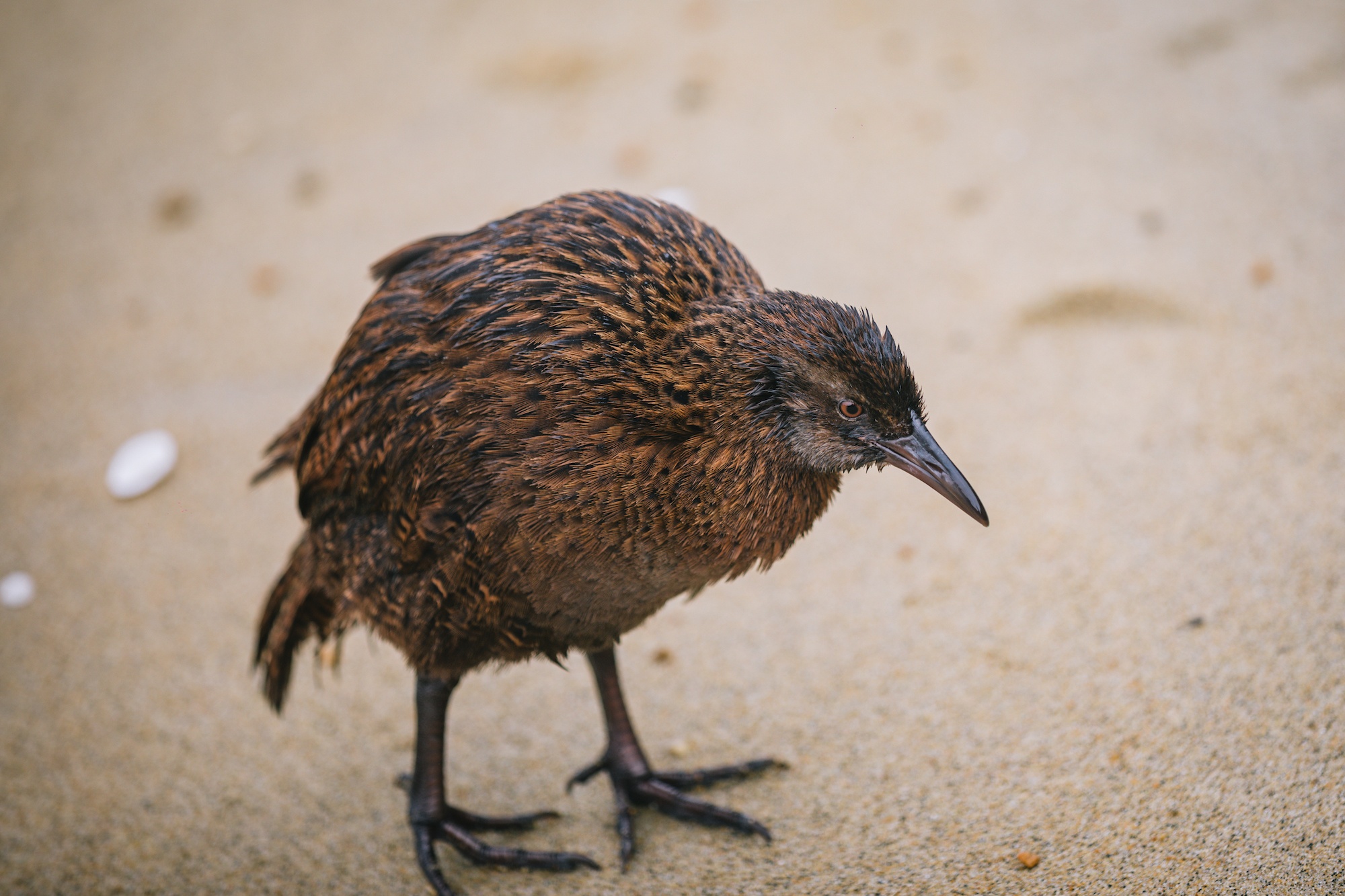
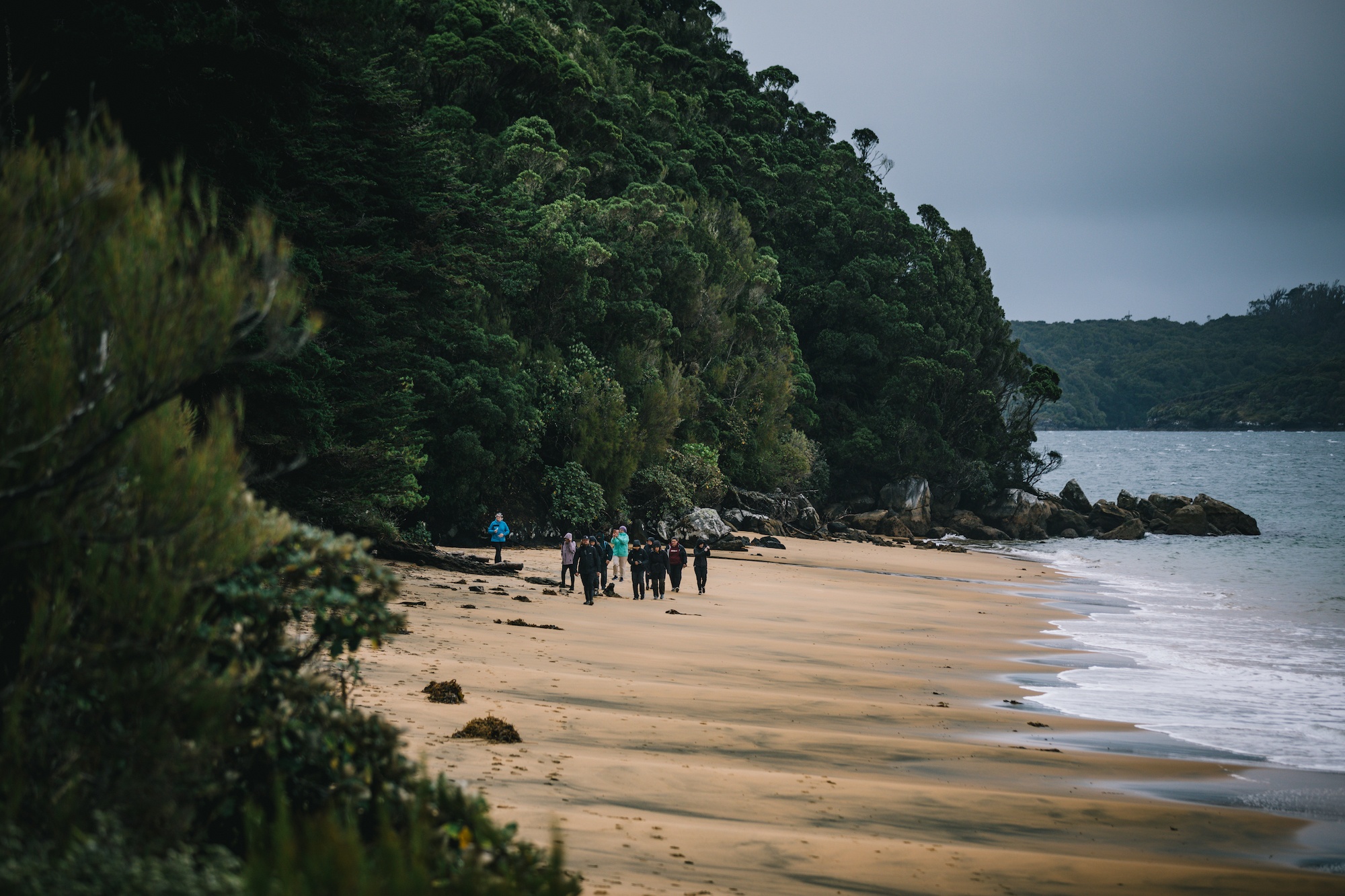
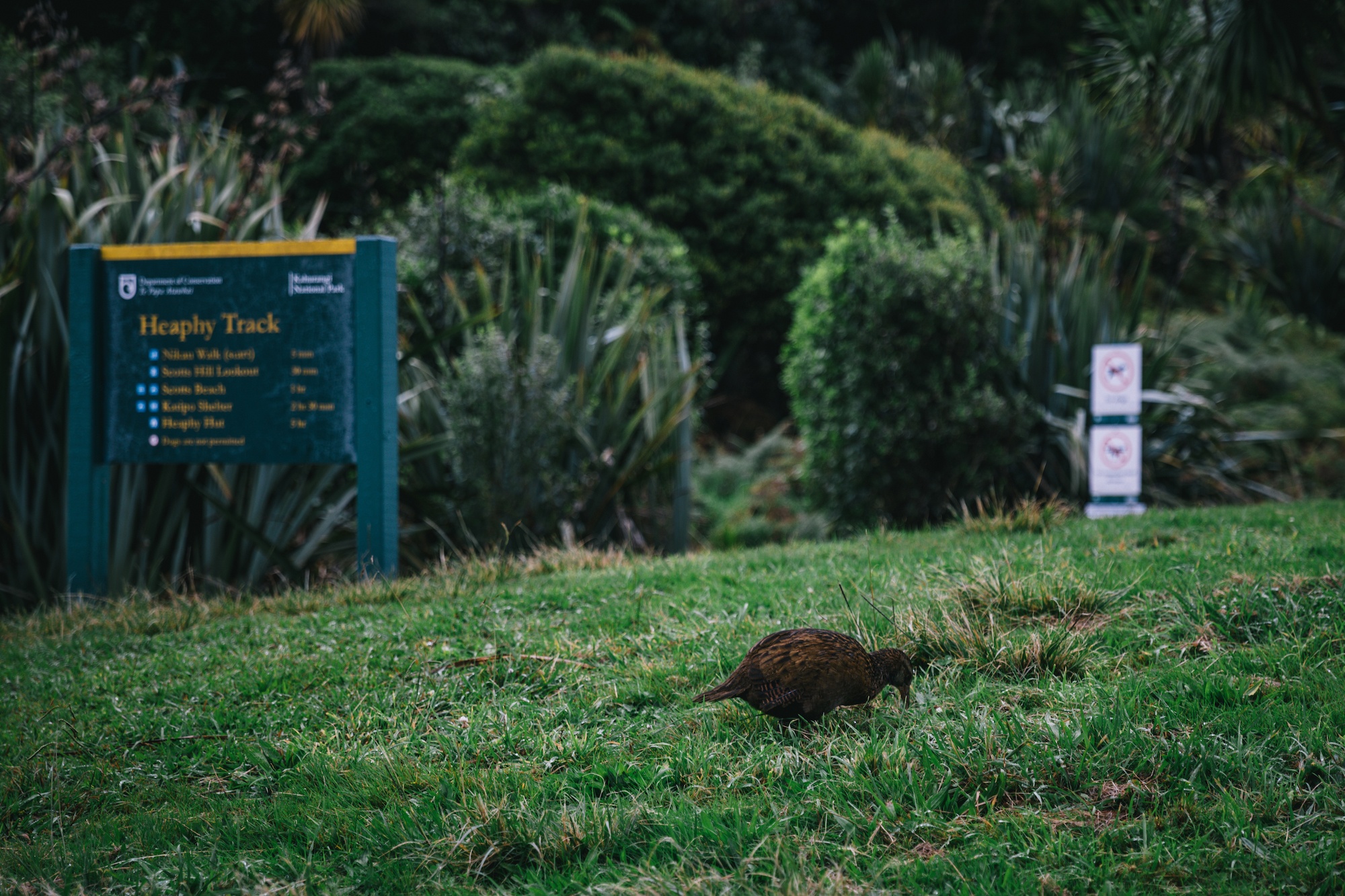
New Zealand weka have such an attitude. They are not afraid of much, including people, and are very curious. They will come right up to you begging for food (don’t feed them) and will snatch anything if you’re not vigilant. This is around places where people congregate; they are a little less bold in more remote spots.
While I was having my lunch underneath a little shelter on the first day walking the Heaphy Track, I was quickly swarmed by four weka. One was particularly brave, coming right up to me, and when I tried to shoo it away, it LITERALLY growled at me. Or whatever the weka equivalent of a growl is. More of an angry chuff-like shriek that sounds like it has smoked for fifty years. Whatever. I understood what it meant; not backing down, this daring weka just stared me down until I finished my crackers. What a power move.
But you gotta hand it to them. In a country where native birds are dying left, right, and center, the weka seems to lack any sense of self-preservation. Live free or die!
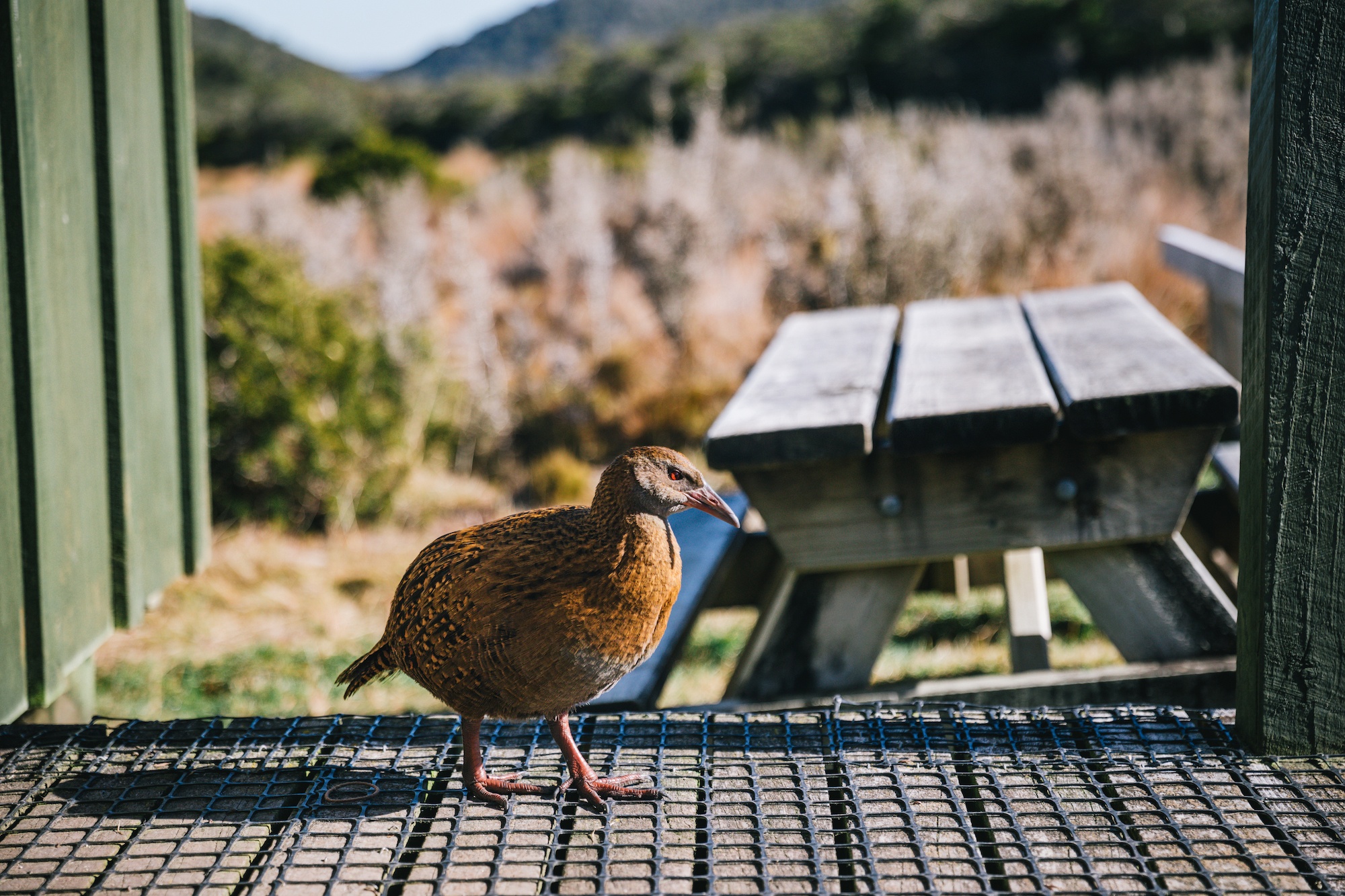
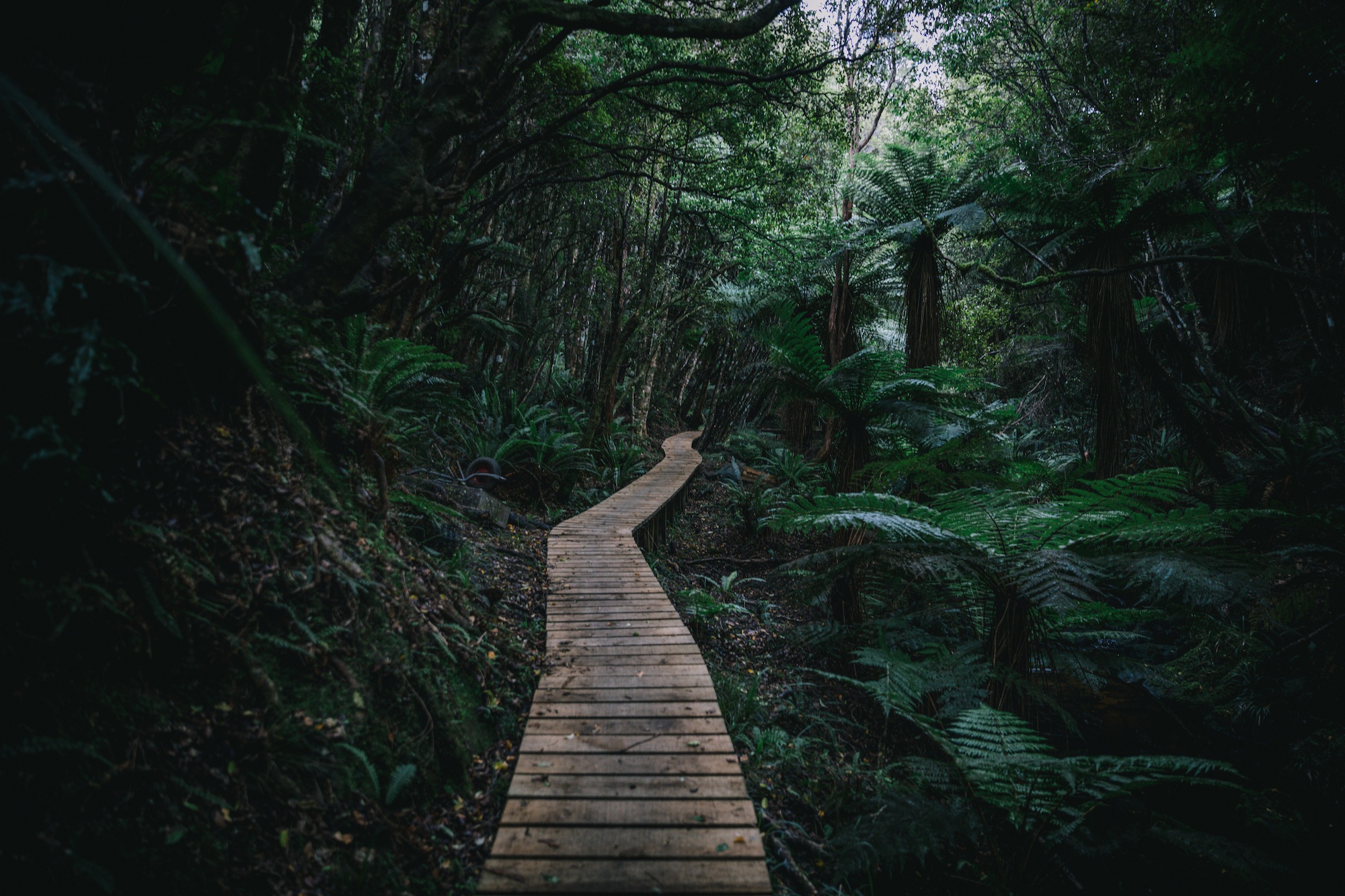
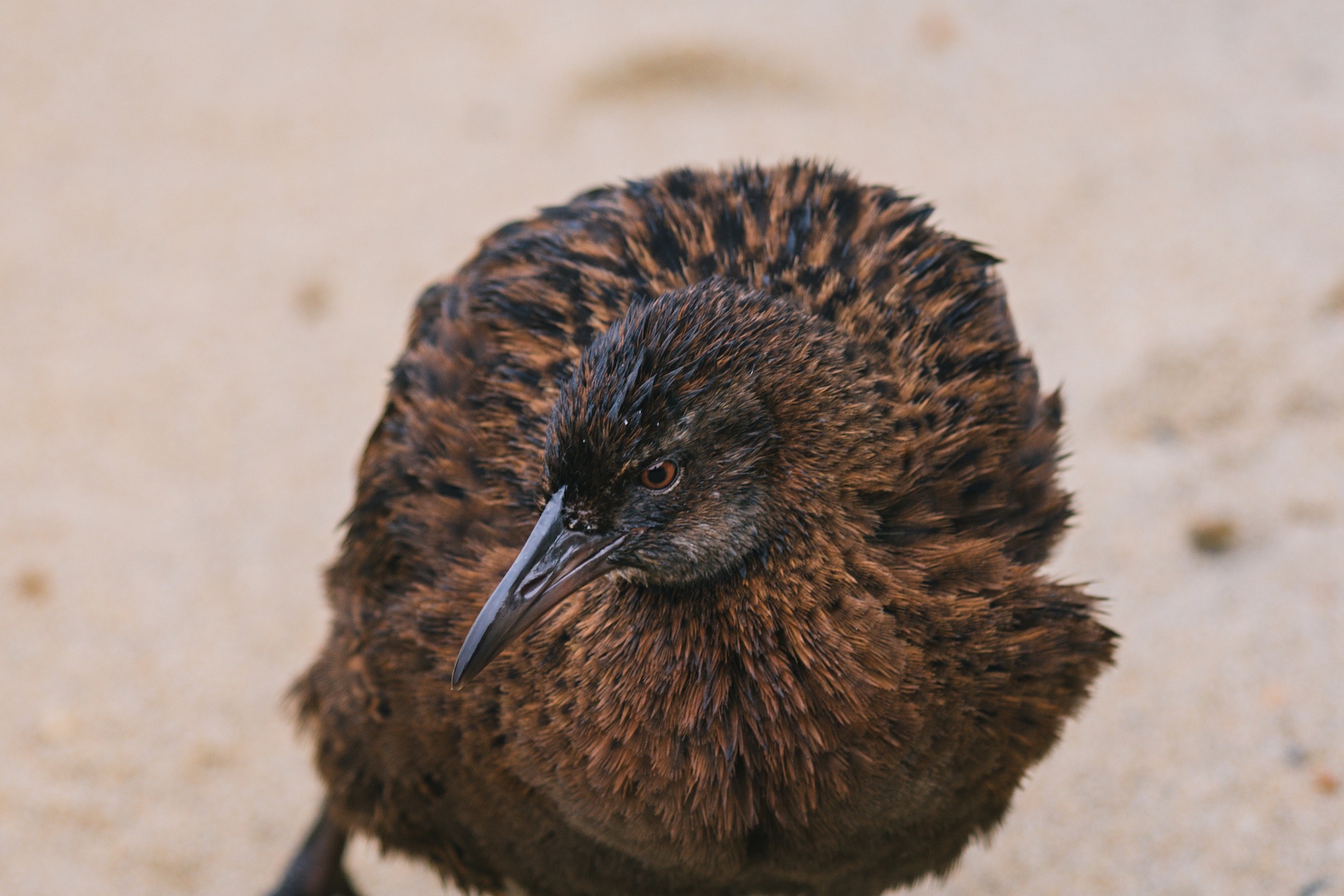
In the scheme of things in New Zealand, weka aren’t particularly sexy birds. They’re not fluffy and elusive like kiwi. They don’t have the gorgeous colors of the kea. They didn’t return from the dead like takahē, nor do they get drunk like kererū and fall out of trees.
But in their own way, weka are beautiful. And their chicks? Omg so cute; they look like blackish-brown balls of fluff. And that’s saying something because not all baby birds are cute. And they are very interesting.
Large brown flightless birds, the wily weka are solid, hefty creatures belonging to the rail family. Sometimes, the bigger ones are almost perfectly round, like a ball with legs. There are four subspecies, and their coloring ranges from chestnut to tawny to dark brown. Some have a bit of grey or black mixed in there, too. When spooked, they often jump straight up and run around, with their tail feathers sticking straight up, making them look almost cartoonish.
The extroverts of the bird world have red eyes, which are beautiful yet slightly intimidating if they’re staring at you.
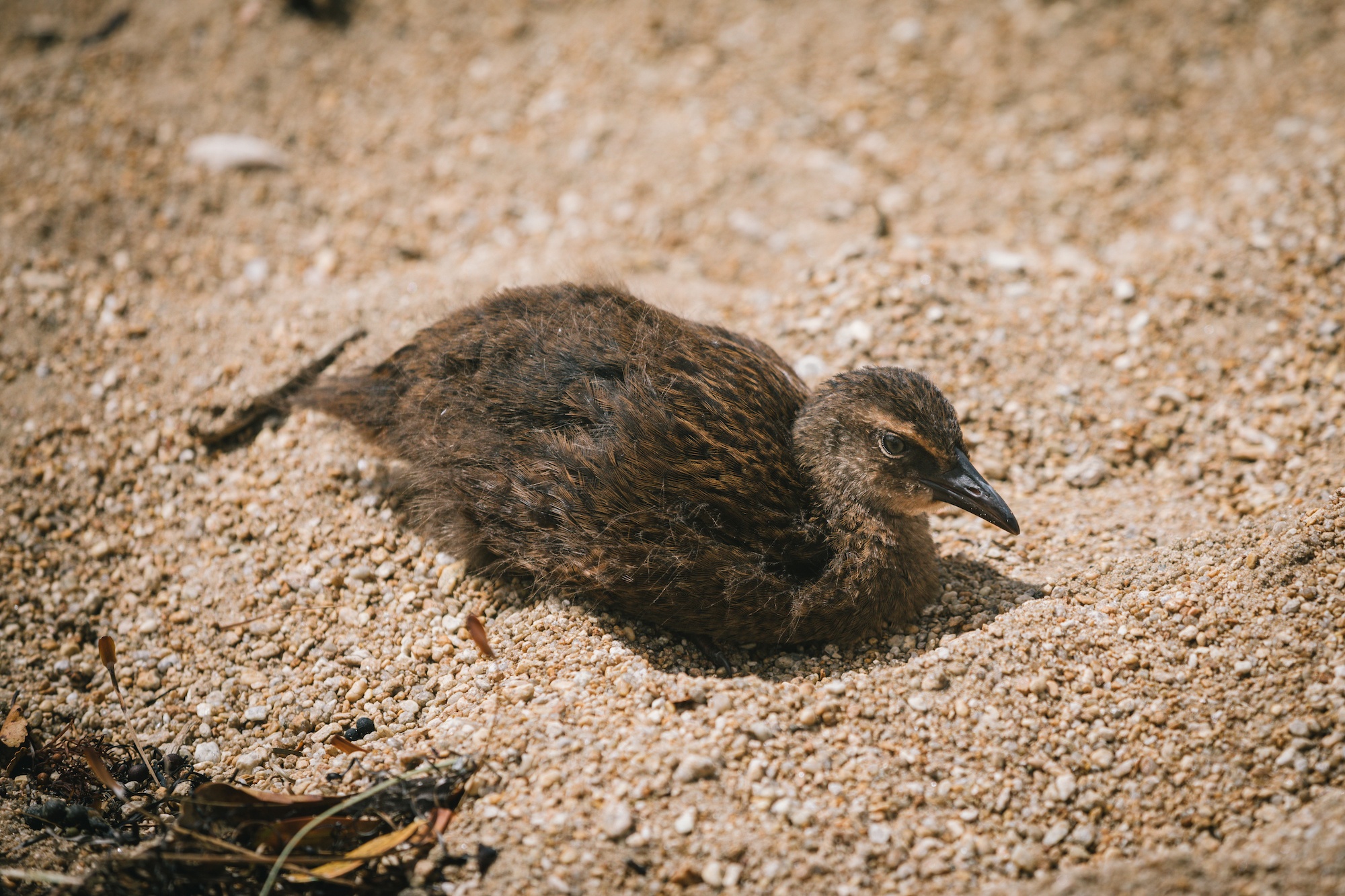
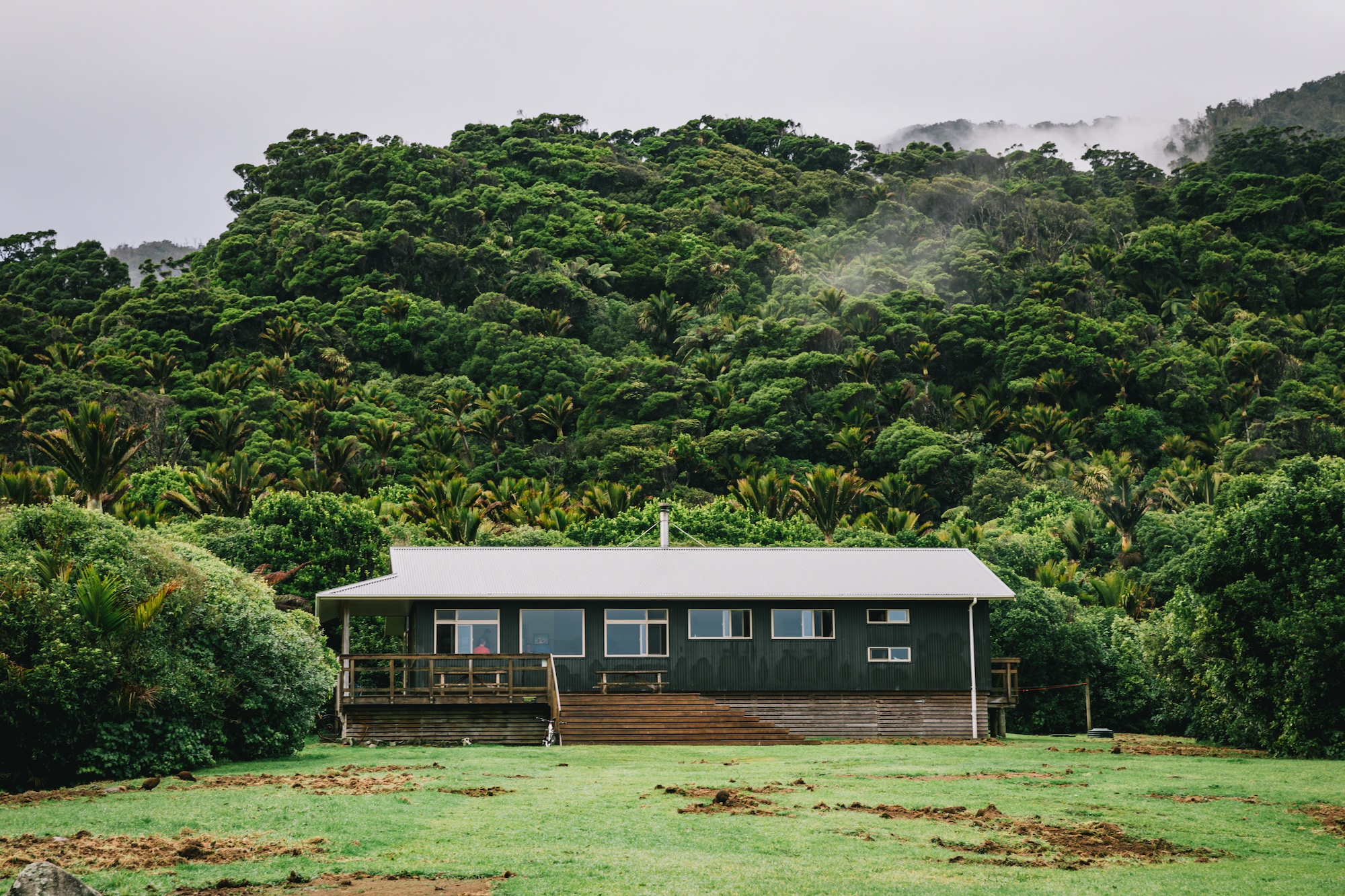
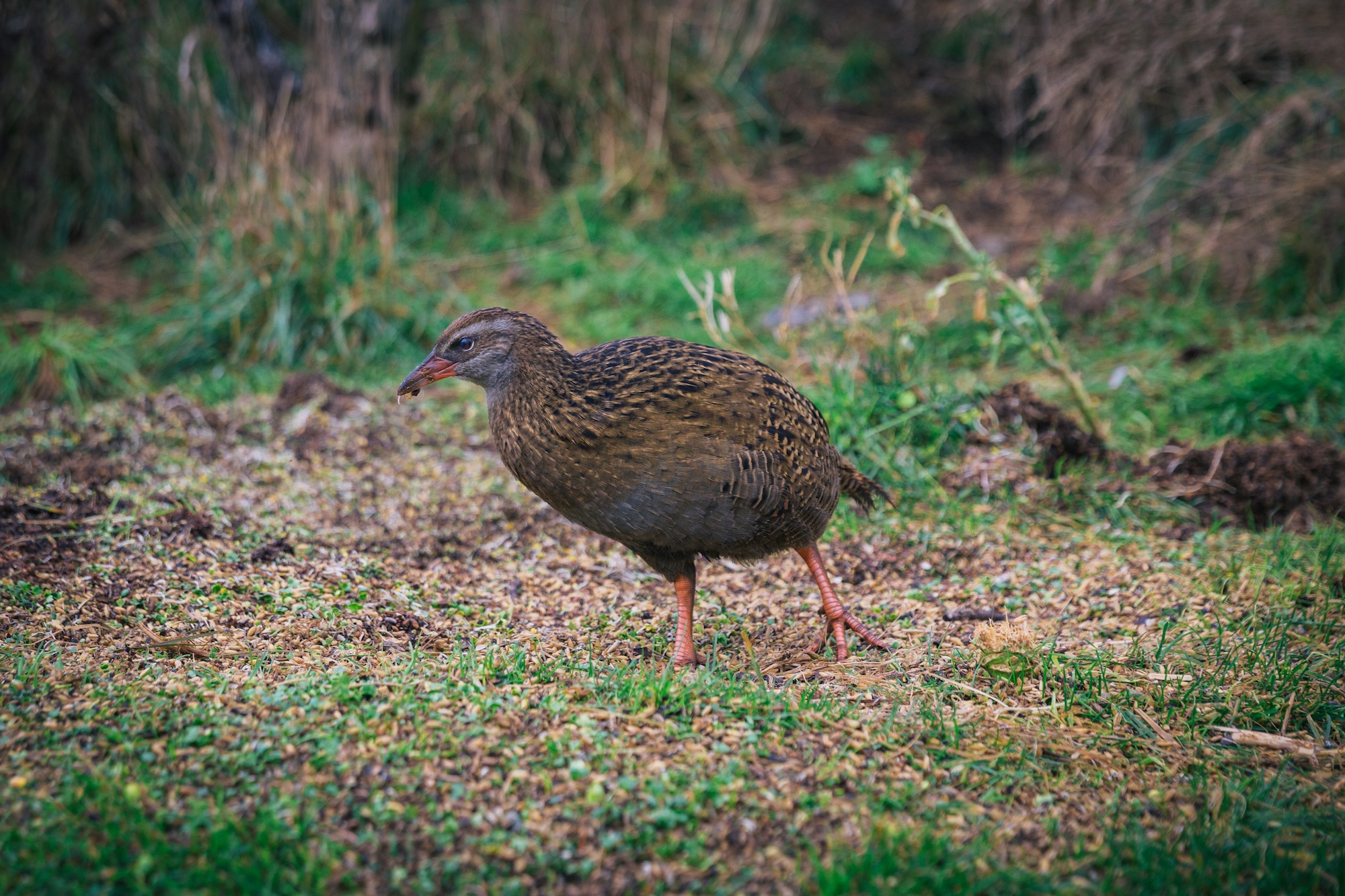
Invertebrates and fruit comprise the weka’s main diet, and they rip up grass and gardens alike foraging for food. I can almost see grumpy old people yelling at disobedient youths to get off their lawns.
I’ve seen weka chow down on dead things, even grazing on the shoreline and tide pools. What’s good is that they eat rabbits, rats, and mice, which are pests here. But they will also eat other lizards, birds, chicks, and eggs, which doesn’t endear them, especially if they go after vulnerable species. Weka play for their own team.
Because of this predatory tendency, weka are not usually welcome on off-shore predator-free islands or eco-sanctuaries (though some have been reintroduced to their own islands). I think this is fascinating! Kicked out of the rare bird club. Badass.
But then again, people still eat weka on the nearby Chatham Islands, and there is a bit of a movement here to farm them. And by a bit of a movement, I mean one rouge farmer who will die on the hill of dining on weka: “I’m prepared to go to jail over it. You put me in jail, and you make a martyr of me.” Lol. I love living in New Zealand.
And here we thought Australia was the only place to eat its iconic animal.
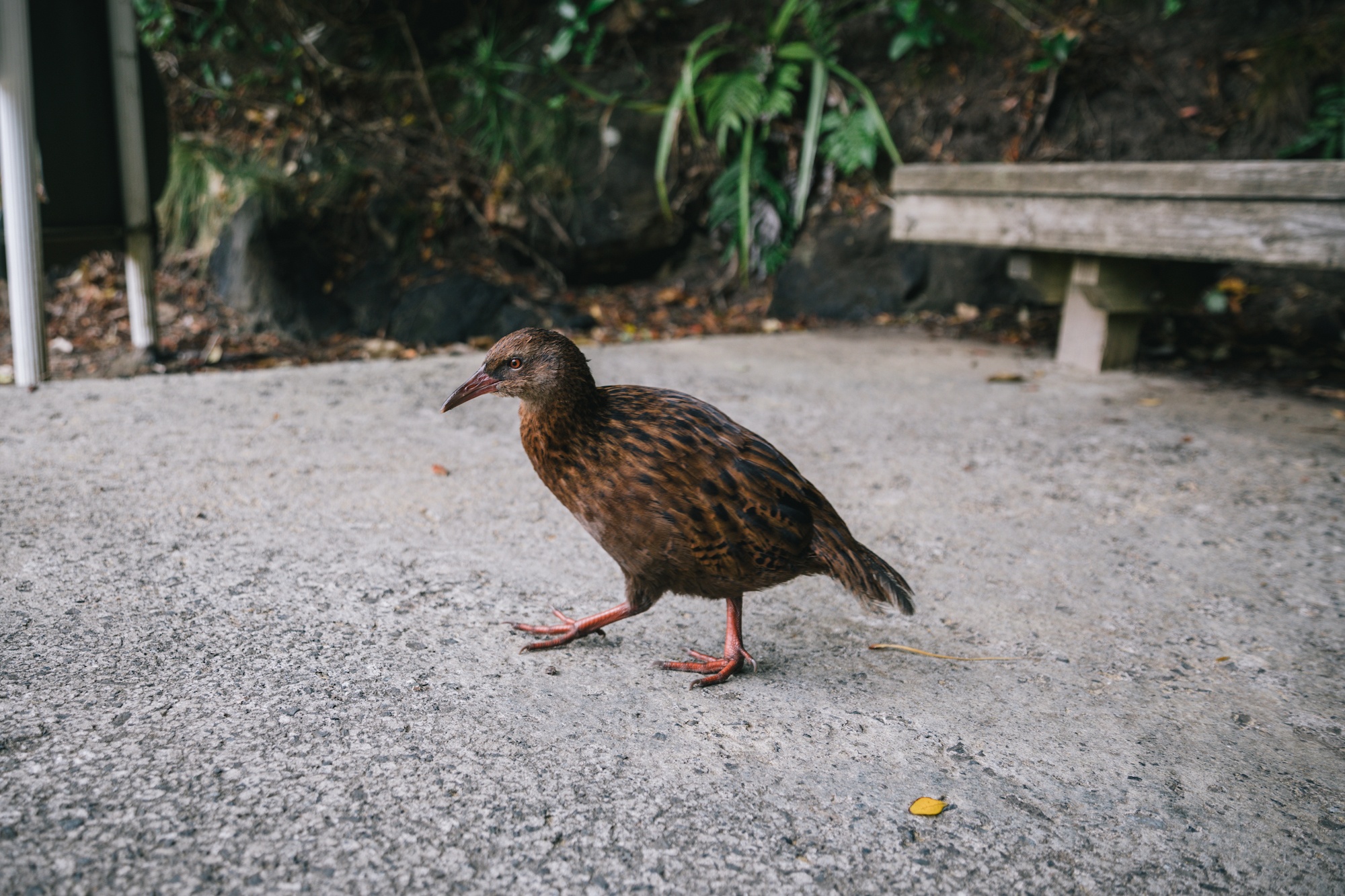
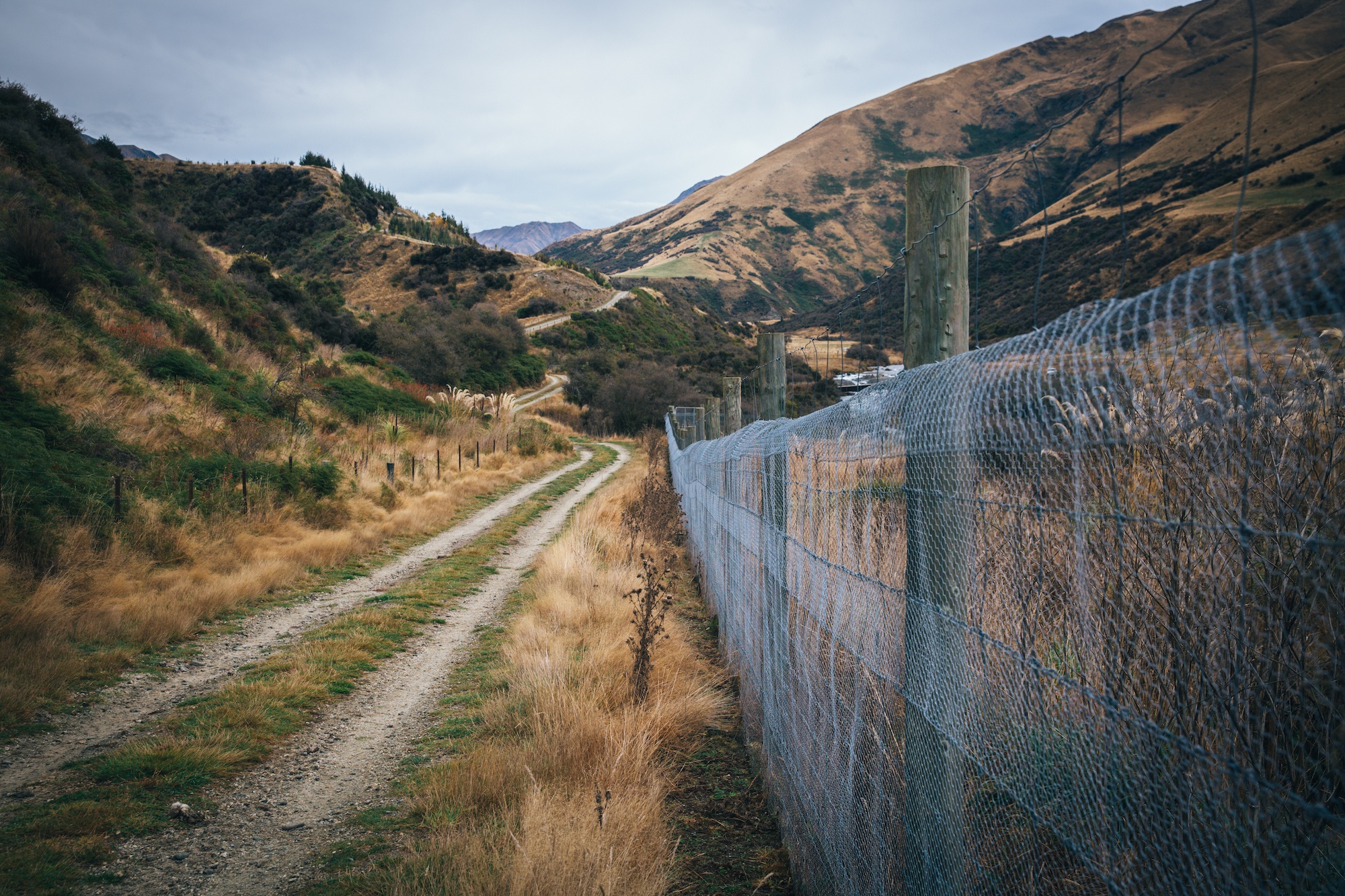
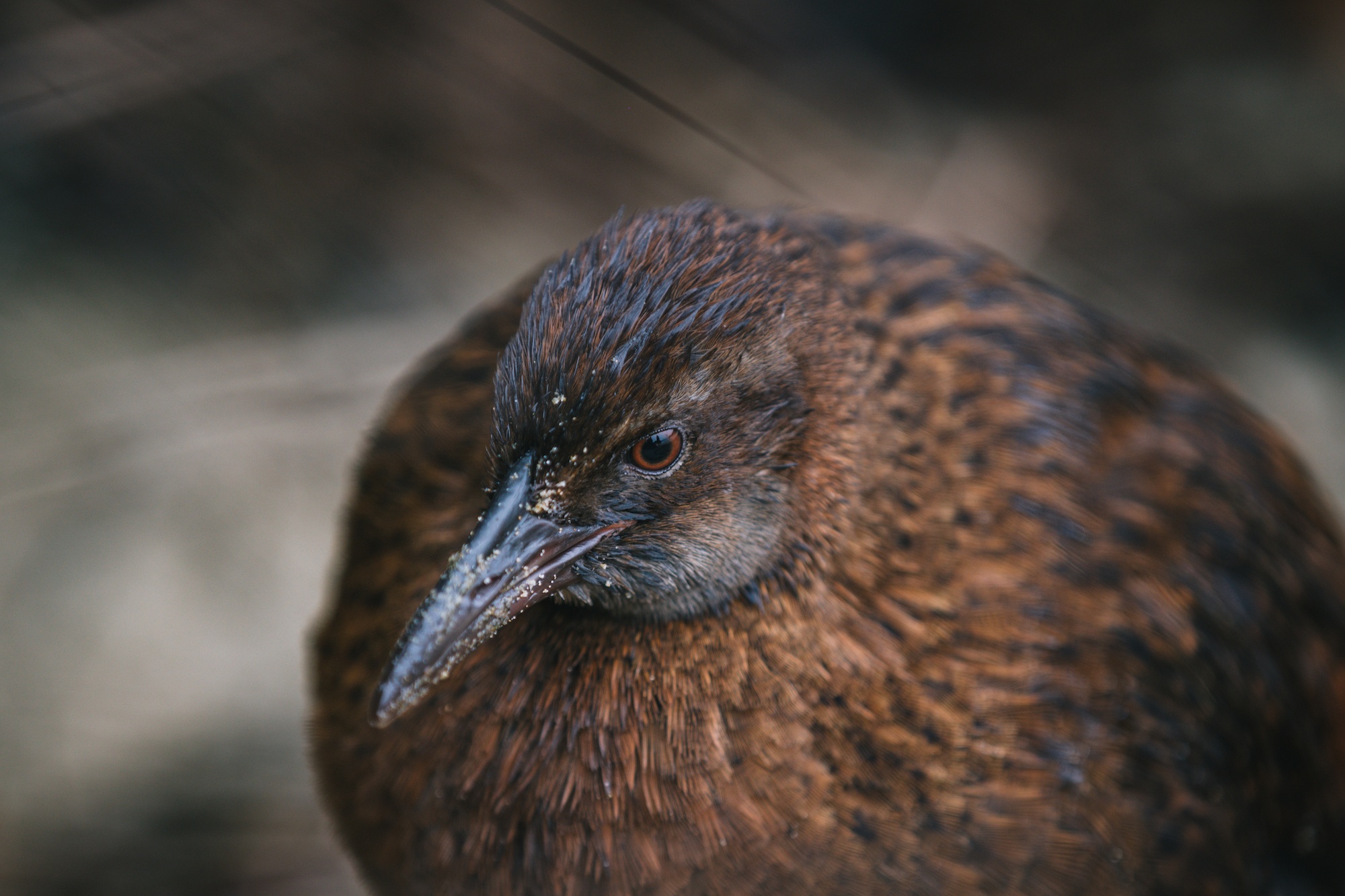
Anyway, we are a long way off from chowing down on fried weka at the local pub. Do you fry them? Or is it more like a roast? No idea. I just googled it with no definitive answers; I hope I don’t end up on a list somewhere.
In any case, weka are fully protected on the mainland here, but they still face the same threats our other native birds do, particularly predation, habitat loss, food scarcity/competition, and getting hit by cars. Their populations boom and crash, and their distribution has been shaken up a lot. Some do ok, others don’t. There is a recovery plan to try and return them to their original homelands. Bring back the weka.
The gregarious weka have long been significant to some Māori iwi in New Zealand as a valuable resource for food, oil, and feathers. Many of the early European settlers wrote about their big personalities and thievery. But what I really want to know is who they harassed before people came here.
Weka will not be told how to live their lives. And I admire that.
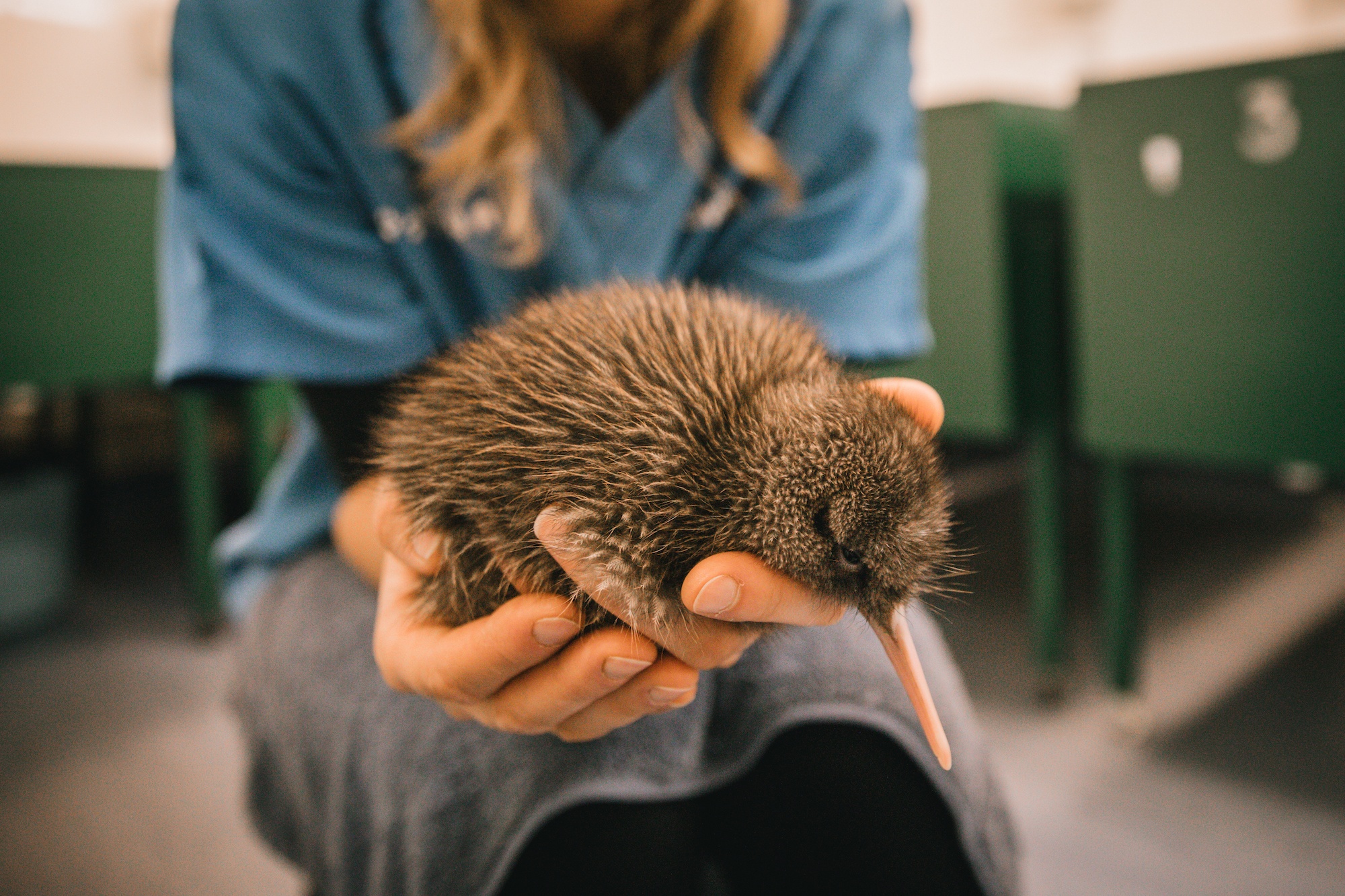
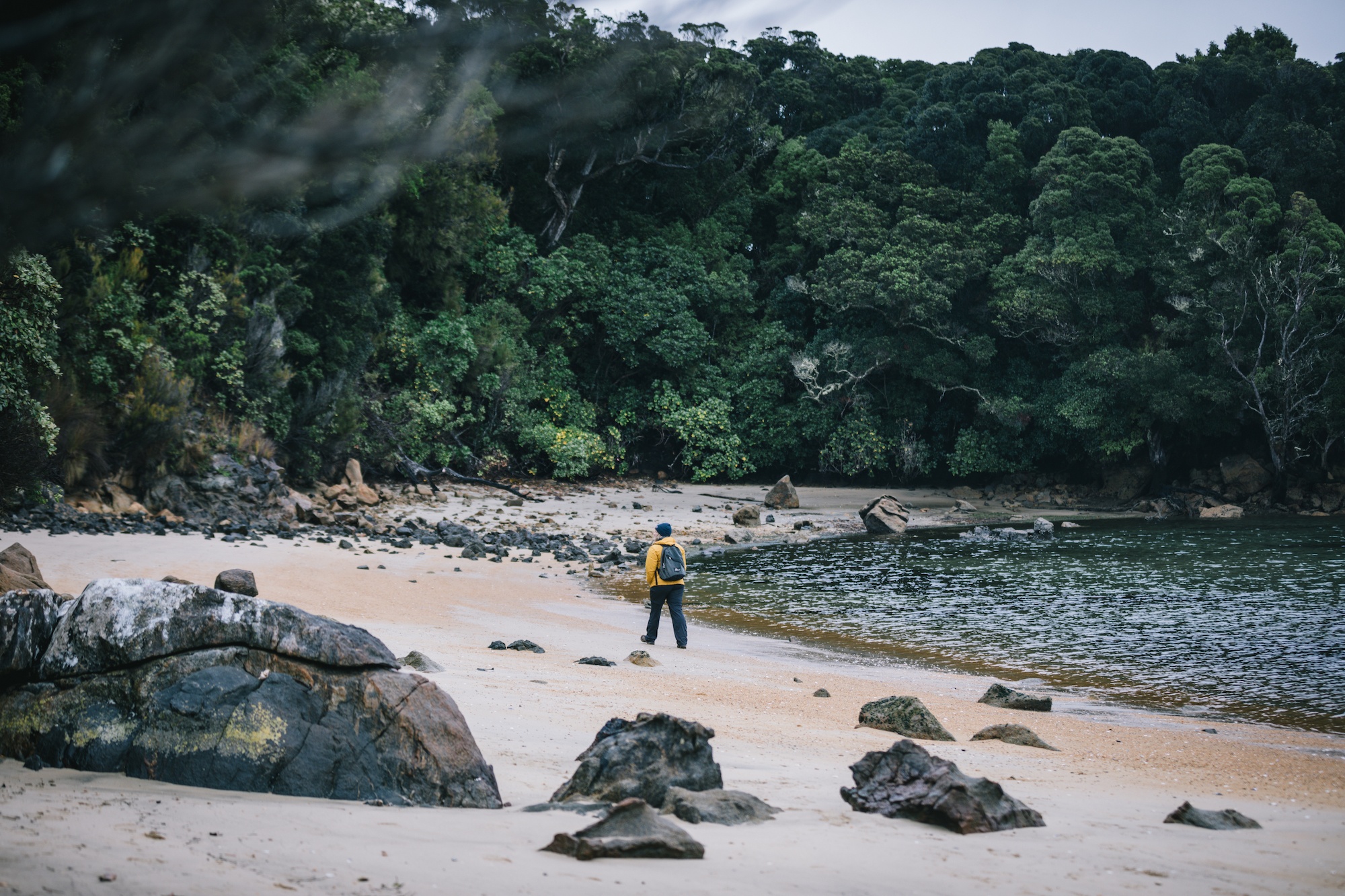
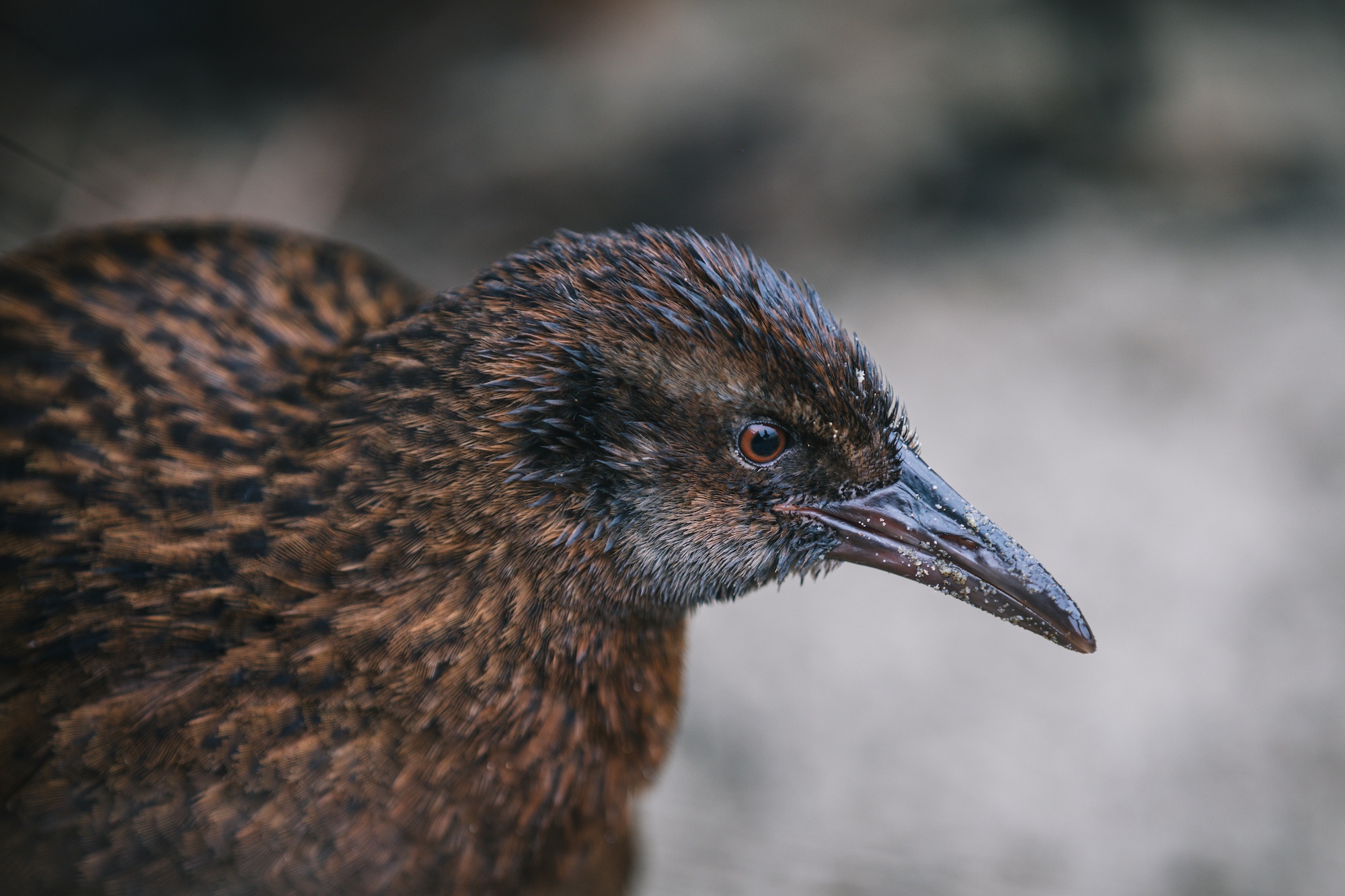
I can’t tell you how often I’ve met travelers visiting New Zealand who rave about how many kiwi they saw in the wild: “OMG we saw, like, 12 kiwi during the day in Punakaiki! So cool!” Our national bird is beautiful, fluffy, nocturnal, and, most importantly, endangered.
You saw weka—a lot of weka. It really depends on my mood whether I burst their bubble or not. I do love to correct people, but I’m working on not doing that so much, as I’m aware it’s not one of my better qualities.
But my mood tonight is ruthless, so I hate to break it to you guys, but you are never going to just stumble across kiwi by accident, let alone many. You have to know where they hang out, go looking for them at night, and even then, you might not see them. Rakiura/Stewart Island is one of the places you have a high chance of seeing kiwi in the wild.
However, if we can all get on the conservation train, Predator Free 2050, maybe one day we could stumble across 12 kiwis in the wild. How cool would that be?
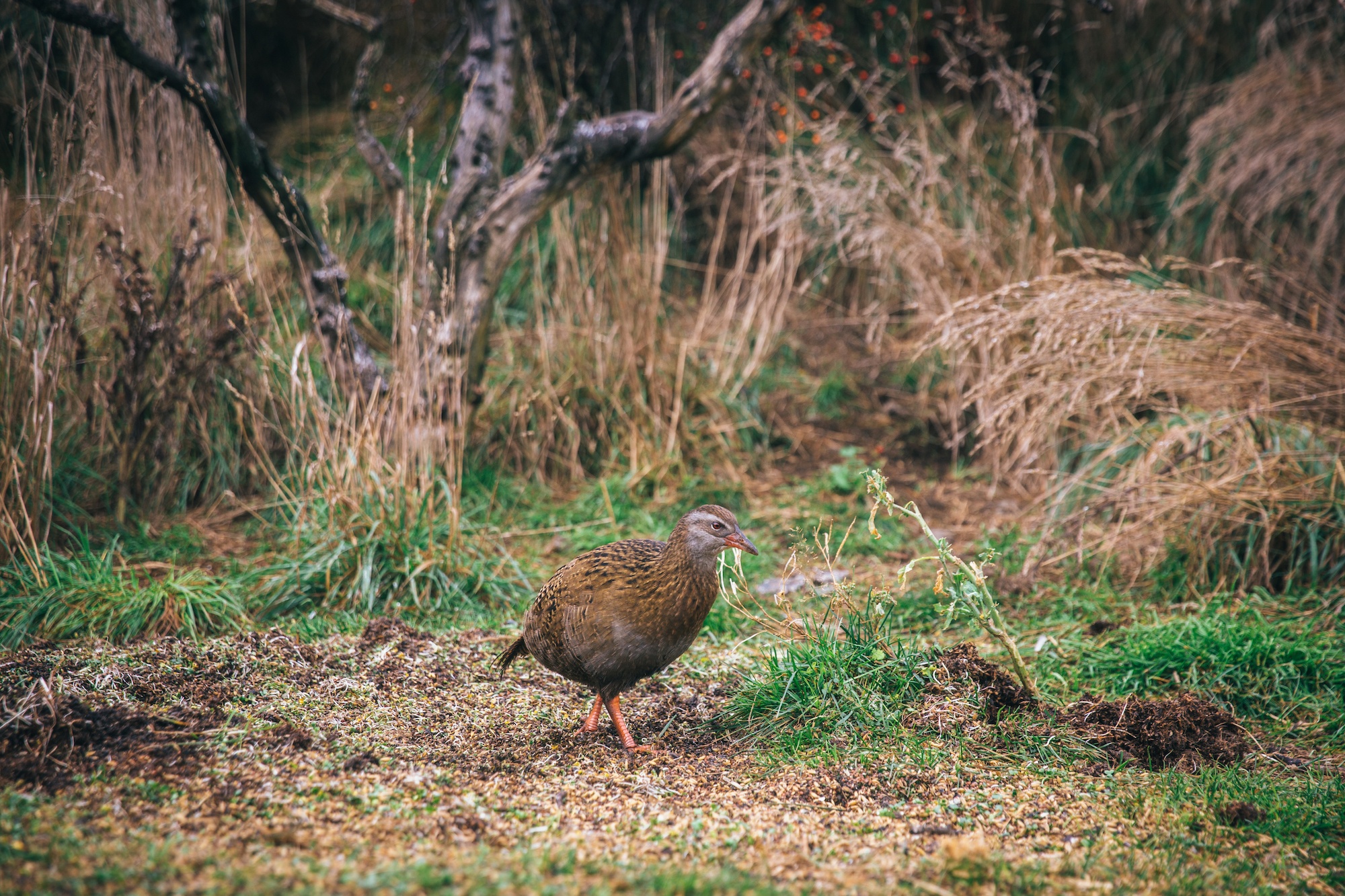
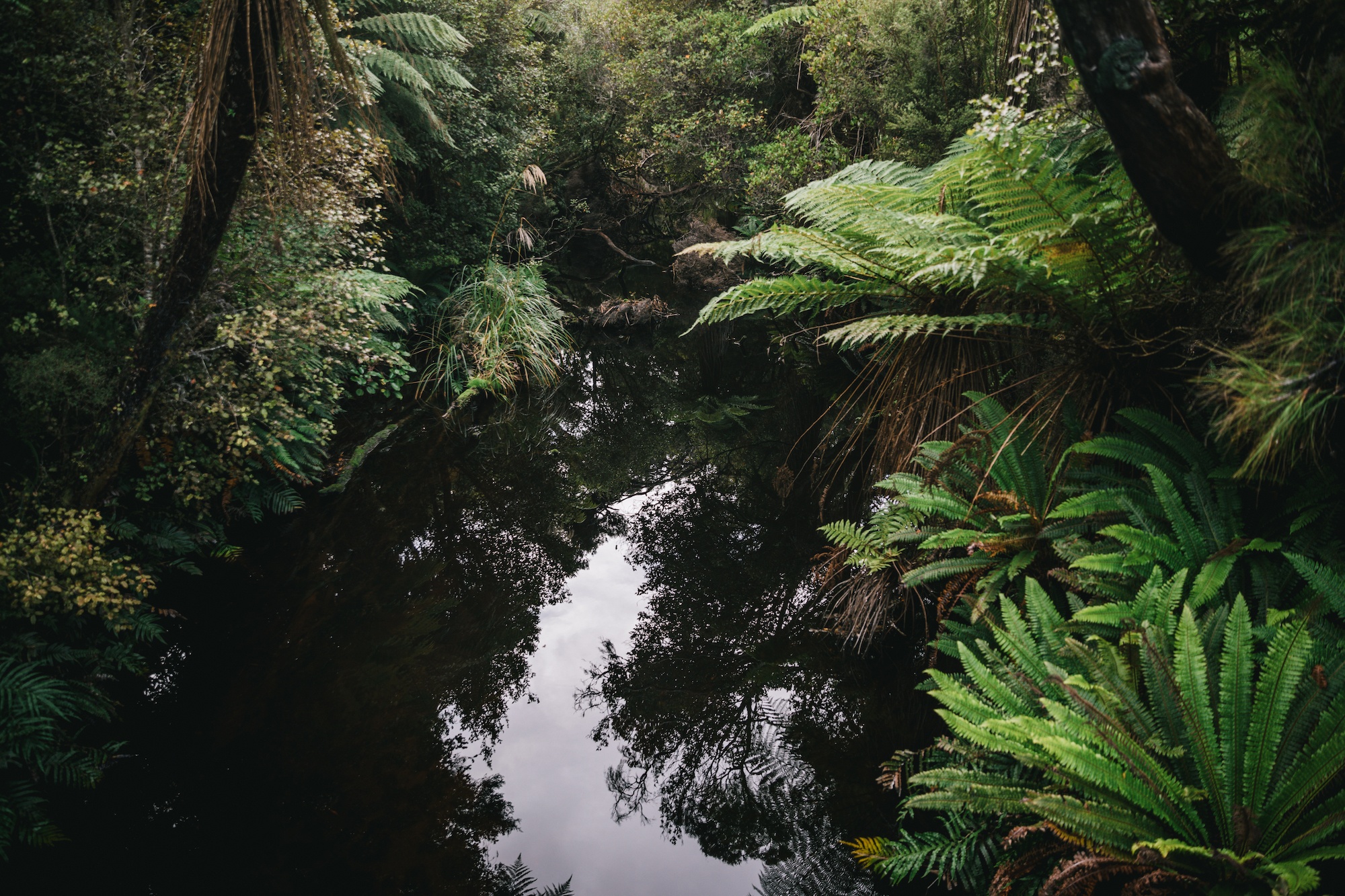
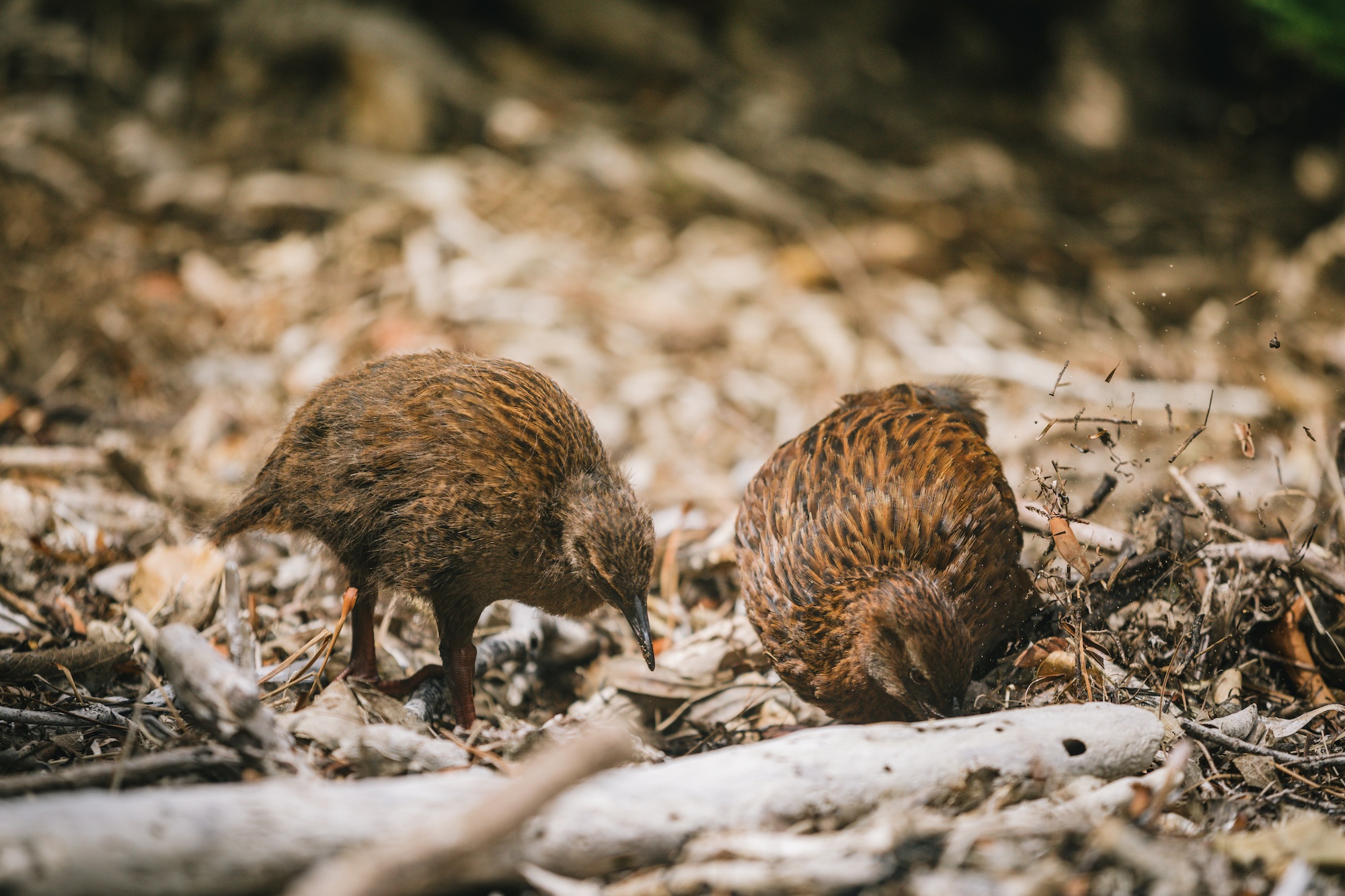
So, if I’m being honest, weka have indeed risen in my regard. I have learned to overlook their annoying-ness in favor of their feisty, take-no-prisoners demeanor. You will probably see them on a trip around New Zealand, and any experience with weka is pretty fun. Unstoppable, they have endured and made their mark on us in many ways. Especially if they once stole your car keys.
They have a unique story and history and deserve to stand tall in our canon of national birds. Inspirational. Fearless. Defiant.
So perhaps I’ll take a page out of their books and try to walk through life with the confidence of a weka.
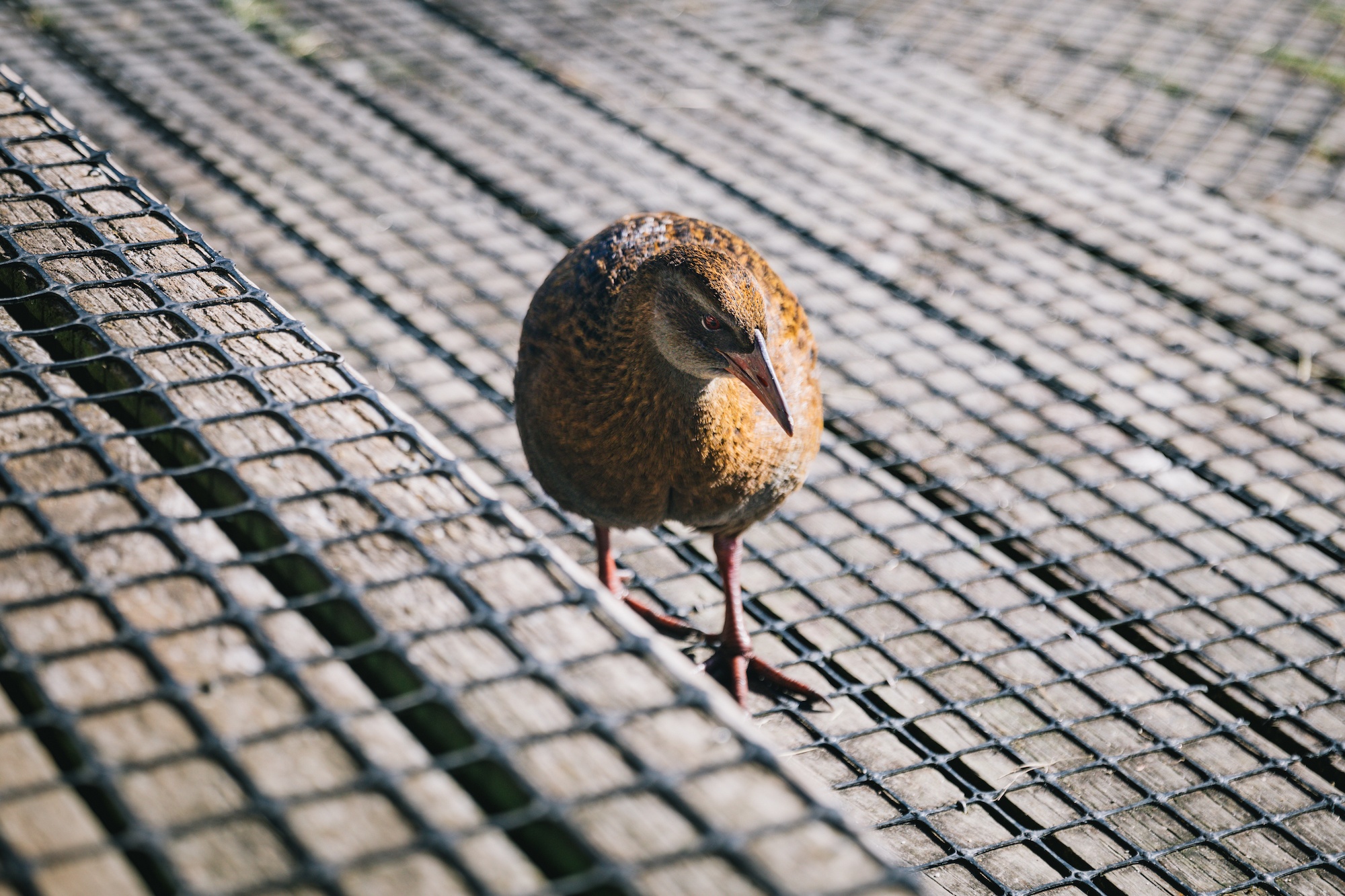
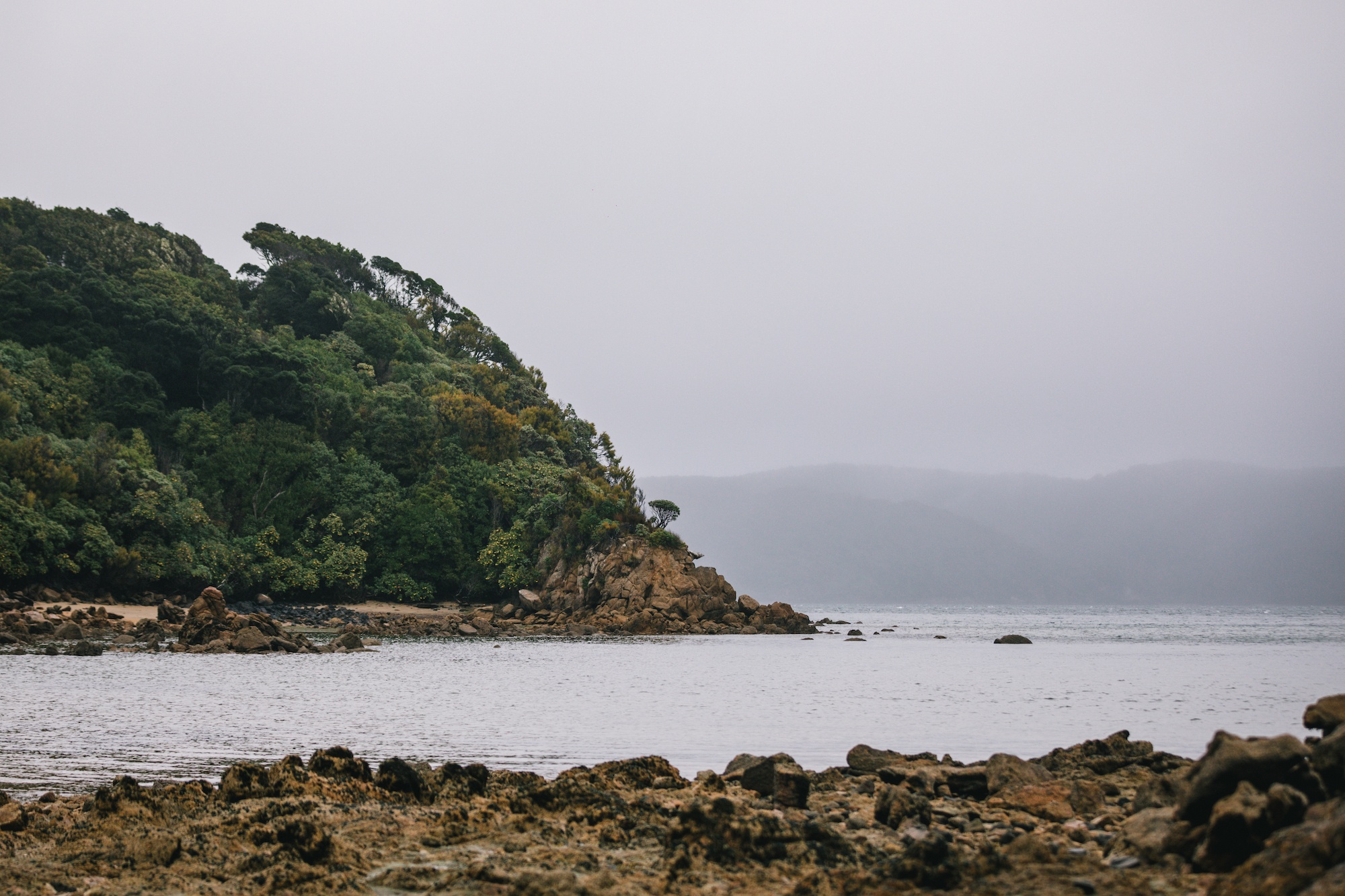
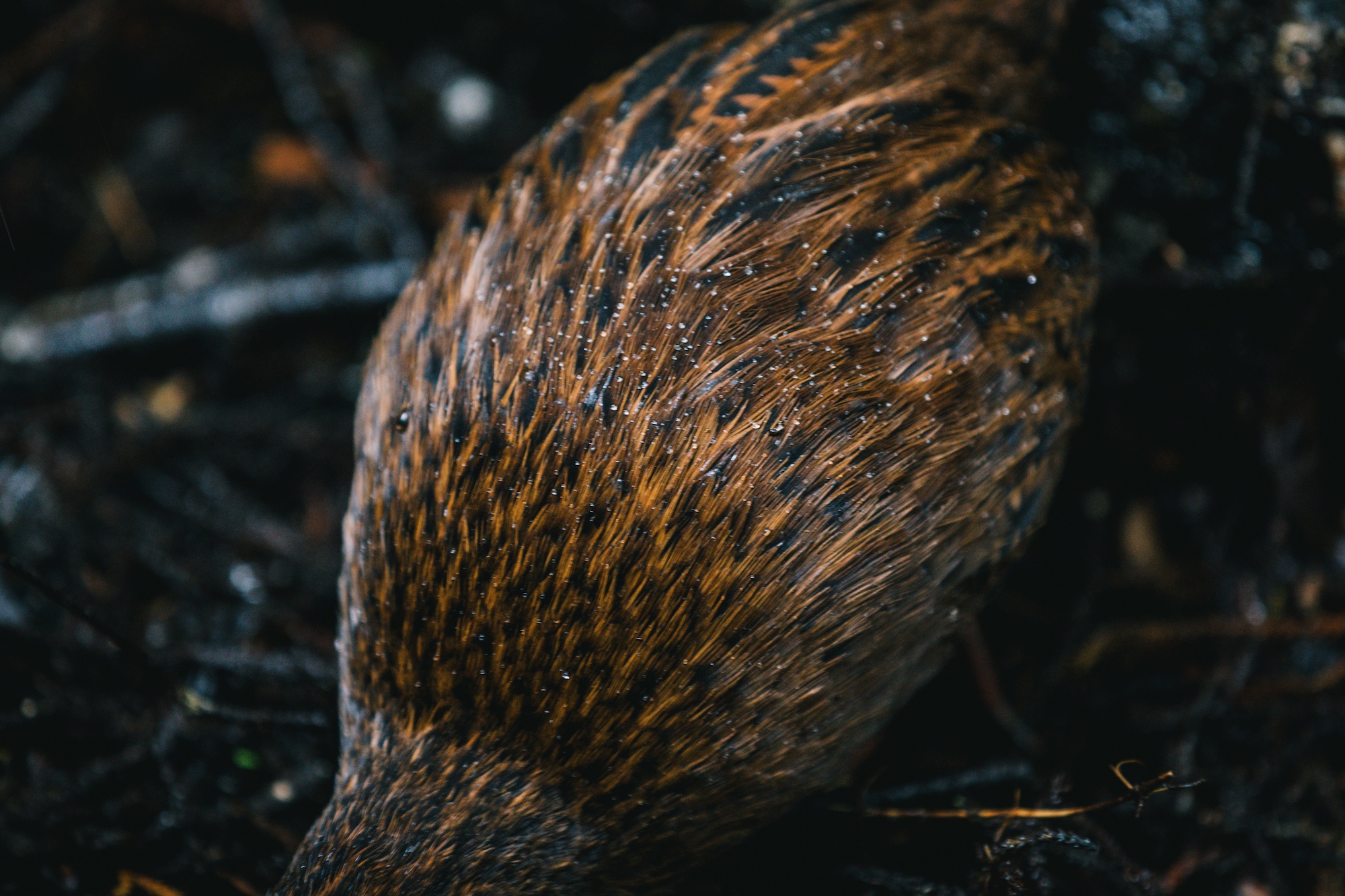
The post In defense of the bold and fearless weka: New Zealand’s most unruly bird appeared first on Young Adventuress.




